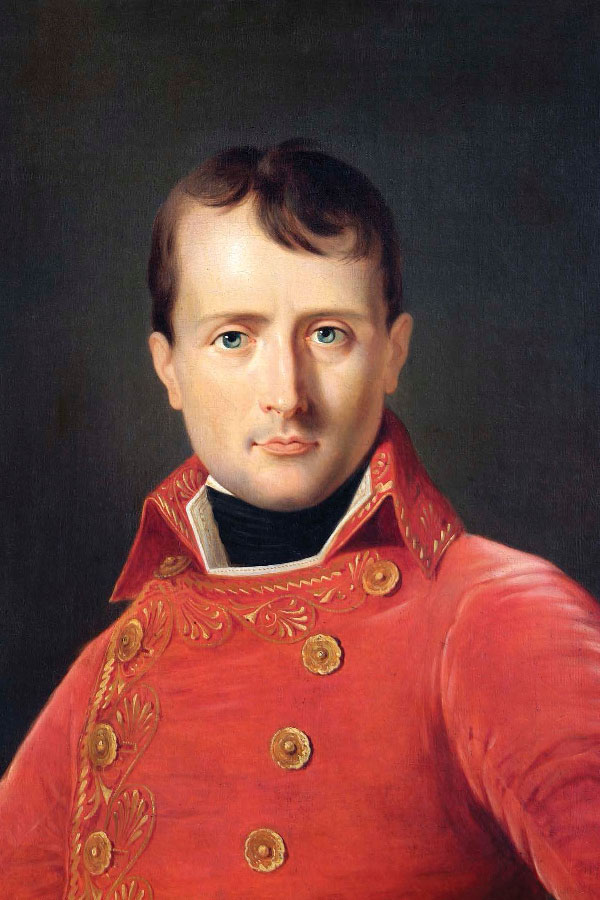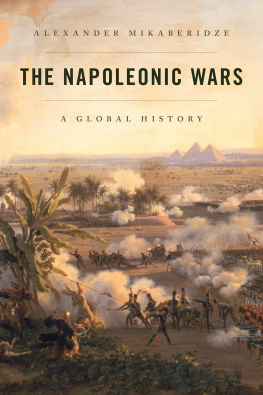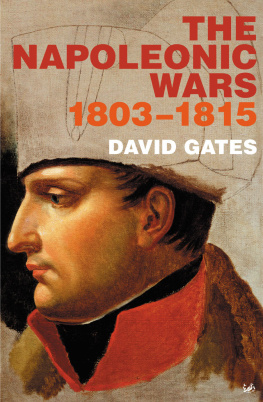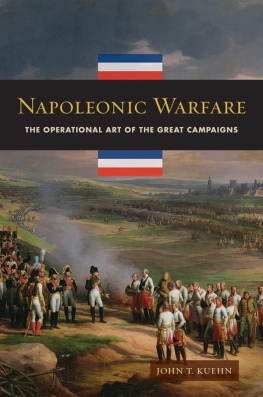Published in 2017 by Cavendish Square Publishing, LLC
243 5th Avenue, Suite 136, New York, NY 10016
Copyright 2017 by Cavendish Square Publishing, LLC
First Edition
No part of this publication may be reproduced, stored in a retrieval system, or transmitted in any form or by any meanselectronic, mechanical, photocopying, recording, or otherwisewithout the prior permission of the copyright owner. Request for permission should be addressed to Permissions, Cavendish Square Publishing, 243 5th Avenue, Suite 136, New York, NY 10016. Tel (877) 980-4450; fax (877) 980-4454.
Website: cavendishsq.com
This publication represents the opinions and views of the author based on his or her personal experience, knowledge, and research. The information in this book serves as a general guide only. The author and publisher have used their best efforts in preparing this book and disclaim liability rising directly or indirectly from the use and application of this book.
CPSIA Compliance Information: Batch #CW17CSQ
All websites were available and accurate when this book was sent to press.
Library of Congress Cataloging-in-Publication Data
Names: Freedman, Jeri, author.
Title: Strategic inventions of the Napoleonic Wars / Jeri Freedman.
Description: New York : Cavendish Square Publishing, [2017] |
Series: Tech in the trenches | Includes bibliographical references and index.
Identifiers: LCCN 2016030836 (print) | LCCN 2016034495 (ebook) | ISBN 9781502623515 (library bound) | ISBN 9781502623522 (ebook)
Subjects: LCSH: Napoleonic Wars, 1800-1815--Technology--Juvenile literature. | Technology--France--History--19th century--Juvenile literature. | Inventions--France--History--19th century--Juvenile literature. | Napoleon I, Emperor of the French, 1769-1821--Juvenile literature.
Classification: LCC DC226.4 .F74 2017 (print) | LCC DC226.4 (ebook) | DDC 940.2/7--dc23
LC record available at https://lccn.loc.gov/2016030836
Editorial Director: David McNamara
Editor: Kristen Susienka
Copy Editor: Nathan Heidelberger
Associate Art Director: Amy Greenan
Designer: Jessica Nevins
Production Coordinator: Karol Szymczuk
Photo Researcher: J8 Media
The photographs in this book are used by permission and through the courtesy of: Cover Markus Mainka/ Shutterstock.com ; p. 4 English Heritage/Heritage Images/Getty Images; p. 11 Look and Learn/Bridgeman Images; p. 13 Thitisan/ Shutterstock.com ; p. 14 VCG Wilson/Corbis/ Getty Images; p. 17 Photograph by Rama, Wikimedia Commons, Ccby-sa-2.0-fr/File:Prise de la Bastille IMG 2250.jpg/Wikimedia Commons; pp. 26-27, 30 Universal History Archive/Getty Images; p. 36 Photo12/UIG/Getty Images; p. 41 DEA/M. SEEMULLER/Getty Images; p. 43 Hulton Archive/Getty Images; pp. 44, 91 Bettmann/Getty Images; p. 47 Claude-Louis Desrais/ File:Montgolfier brothers flight.jpg/Wikimedia Commons; p. 53 Public Domain/Library of Congress/File:Early flight 02561u (4).jpg/Wikipedia; p. 54 Public Domain/Robert Fulton/ File:Fultondesign8.jpg/Wikimedia Commons; p. 58 Library of Congress/FileFultonjpg/ Wikipedia; p. 64 Fine Art Images/Heritage Images/Getty Images; p. 69 Ann Ronan Pictures/Print Collector/Getty Images; p. 73 SSPL/Getty Images; pp. 74, 80 Richard Cummins/Lonely Planet Images/Getty Images; p. 84 H. Armstrong Roberts/ClassicStock/Getty Images; p. 86 Oxford Science Archive/Print Collector/Getty Images; p. 88 U.S. Navy photo courtesy of General Dynamics Electric Boat; p. 98 DeAgostini/C. Balossini/Getty Images; p. 100-101 iStock/Thinkstock.
Printed in the United States of America

This portrait shows Napoleon Bonaparte, aged about thirty-five, in the uniform of the first consul.
INTRODUCTION
The Napoleonic Age
T he Napoleonic age occured at the border of two eras. The first was the end of the Enlightenment in the late eighteenth centurya period that marked the flowering of scientific exploration and the discovery of many scientific principles. Understanding these principles enabled unprecedented feats of engineering and invention. The second era was the beginning of the Industrial Revolution of the early nineteenth century. This time was marked by the development of machines and the rise of factories. Early industrialization signaled the beginning of the modern era, a migration from farms to cities, and a change from manual to mechanized labor. It also saw the start of the mechanization of warthe switch to standard rather than custom parts for weapons and the creation of workshops where enormous numbers of weapons were produced to supply the vast armies of the time. These developments evolved in the latter part of the nineteenth century into factories that mass-produced goods. In the Napoleonic era, for the first time, sailing ships and horse-drawn artillery were supplemented by vehicles that flew above the battlefield and sailed beneath the sea.
NAPOLEON IN THE NAPOLEONIC AGE
In many ways, the most remarkable element of the Napoleonic age was its namesake, Napoleon Bonaparte. Napoleon was small of stature but heroicand often ruthlessin his ambition. He dominated from 1799 to 1815. From the rank of a captain of artillery, he rose to become an emperor who conquered most of Europe. He was a master of military strategy and a politician adept at public relations. A student of history, he wished to create an empire like that of ancient Rome. A man of enormous ambition who refused to acknowledge any limitations, he would overreach himself in the end, and his attempt would lead to failurebut not before he had changed the world and the nature of warfare.
Napoleon was a man of contradictions. On one hand, he embraced the ideals of the French Revolution (17891799), especially that a man could make anything of himself if he had the will and intelligence. He believed in meritocracyin the doctrine that the best and most capable should rise to the top. On the other hand, he raised his brothers and sisters to the status of monarchs throughout Europe. He assumed the position of dictator yet spread many of the ideals of the French Revolution across the world. His attitude toward innovation was similarly contradictory. He avidly supported inventions he thought would give him military advantage, yet he viewed scientists and inventors as dreamers and charlatans who were out to extract funds from him.
VYING FOR POWER
The Napoleonic Wars (18031815) were, to a large extent, a continuation of the French Revolutionary Wars. From 1792 until Napoleons defeat at Waterloo in 1815, France was continuously at war with a series of coalitions composed of various European nations. In all, there were seven coalitions. During the French Revolutionary Wars, France fought the first two. During the Napoleonic Wars, the country faced the other five.
At this time in history, the primary nation in the coalitions against France was Britain. Napoleon saw Britain as Frances chief challenger for the role of the worlds most dominant country. At that time, Britain had an empire and was master of trade routes that stretched not only across Europe but also throughout North Africa, the Middle East, and the Far East. This was exactly the type of dominance that Napoleon aspired to. He knew that the key to making France the preeminent power in Europe was weakening Britains empire and damaging her trade. Although he never succeeded in significantly reducing Britains power, this goal influenced his political decisions and choices of targets.



















